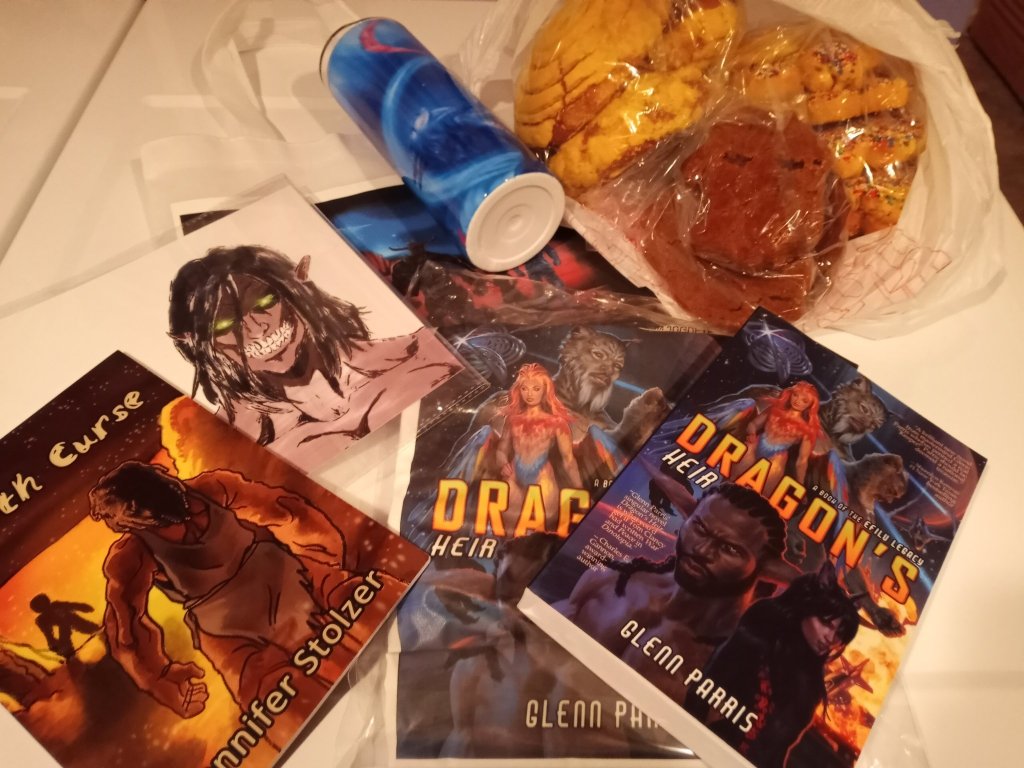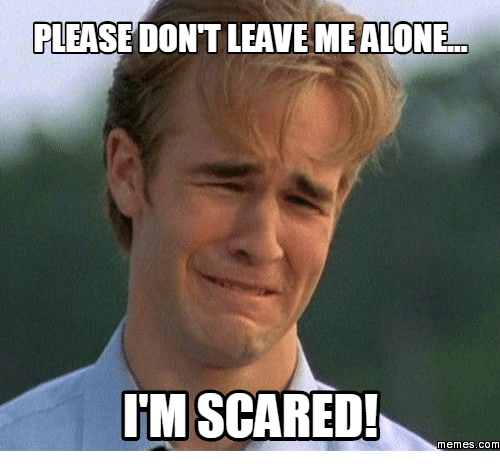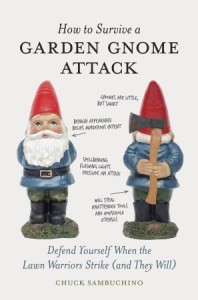Gah, it’s August already and I’m still stuck here! Just kill me.
In late May, a recruiter from a staffing company I’d applied to ages ago emailed me about a temp job in the city subbing for someone who was going on vacation. The pay was decent, so I took it. For two glorious weeks, I got to pretend I had a job.
It was just basic front office work, but the people were extremely nice. They included me in their weekly breakfasts and other food orders (the company paid). Usually, the temp doesn’t get anything, but they treated me like one of their own. They didn’t have a lot of work for me to do so when I caught up, I just read a new Chuck Wendig book on my phone.
The pay from this small venture allowed me to do something I haven’t done since before I lost my stupid job: go to a fantasy creators convention in mid-June, a new one in my old city called Tremendicon. It was held at a super nice venue I’d never been to when I actually lived there.

Holiday Inn up the road. Maybe next time.
Image: Oasis Hotel & Convention Center. Please don’t DCMA me; I want people to visit you.
I didn’t take any pictures while I was there, sorry. I was too busy. This convention offered a very strong writer’s track with panels all the way through. I only missed a couple on the first day because I had to check into my hotel and eat after a late start and a very long drive.
I saw some old friends, made some new ones, and learned a LOT. Topics included:
- Revenue streams
- Marketing
- Creativity
- Worldbuilding (I really wanted this one for Book 3)
- Adaptation
A note from Day 2:
Hey, I forgot my jacket. I can’t be expected to remember everything.
Saturday night, we were treated to the world premiere of the short horror film Swumpwater, written by new friend Heath Amodio and old friend Cullen Bunn. You can watch it here!
It IS a horror movie, so sorry if it grossed you out. Heh heh.
It was bittersweet to be there again. Some things have changed and others stayed the same. Over nearly twenty years, I made the drive from Springfield to St. Louis for holidays many times, but since I’m trying very hard to get out of Missouri altogether, it felt like the last one ever. If I achieve that goal, I’ll just fly in for Tremendicon or any other visits. I admit, I cried a little on the way out of town. It’s tough to say goodbye to such a significant chunk of your life. However, I’m ready for a big change. SO READY.
Besides having a butt-ton of fun, I came away with twenty-five pages of notes and enough information that I almost feel ready to secure a table at the next Tremendicon, or whatever con is closest to where I find a job, when I have a bit more product. Writer and illustrator Jennifer Stolzer told us she only had a couple of items on her first table—her present setup contained multiple books, merch, and even a display doll she hacked to look like her book character.
And of course, my haul, because you CANNOT attend a con without coming home with a haul!
The Eren Yeager Titan picture is a drawing—I always buy art. The cup, t-shirt, swag bag and dragon book all are from Glenn Parris, an absolutely lovely writer. He waved a merch bag at me and said, “I only have two of these left!” Sucked me right in (that’s marketing, folks!) The other book is by Jennifer Stolzer; I won that one in a drawing.
At the top is a huge bag of pan dulce from a local Mexican supermarket I dearly miss, because HOW COULD I NOT. It was just as delicious as I remember.
Although the trip took nearly all the money I made from temping, it was well worth it. Professional development is an important part of career progression. With writing, the best way to learn is to write and consume content in whatever form works best for you—there’s a lot to learn from movies, TV shows, and comics that applies to books. If you’re considering adaptation or screenwriting, you need to read screenplays and watch lots of movies.
However, some things you can only learn from other creators. I was gratified to see that I knew a lot more than I thought and that I’m basically on the right track. I’ll have to wait until I’m employed again to think about hand sellling at a con or even attending, but I have work I can do right now. (I know, like finishing my trilogy. I know!)
Speaking of which, Amazon has heavily discounted the paperback version of Tunerville. I had no say in this whatsoever. They CLAIM I will still get the same royalty, but I have my doubts. I would like to move my work to a different distributor that will widen its reach, but that will take money I don’t have currently.
Either way, you can get it for less now, so have at it!










